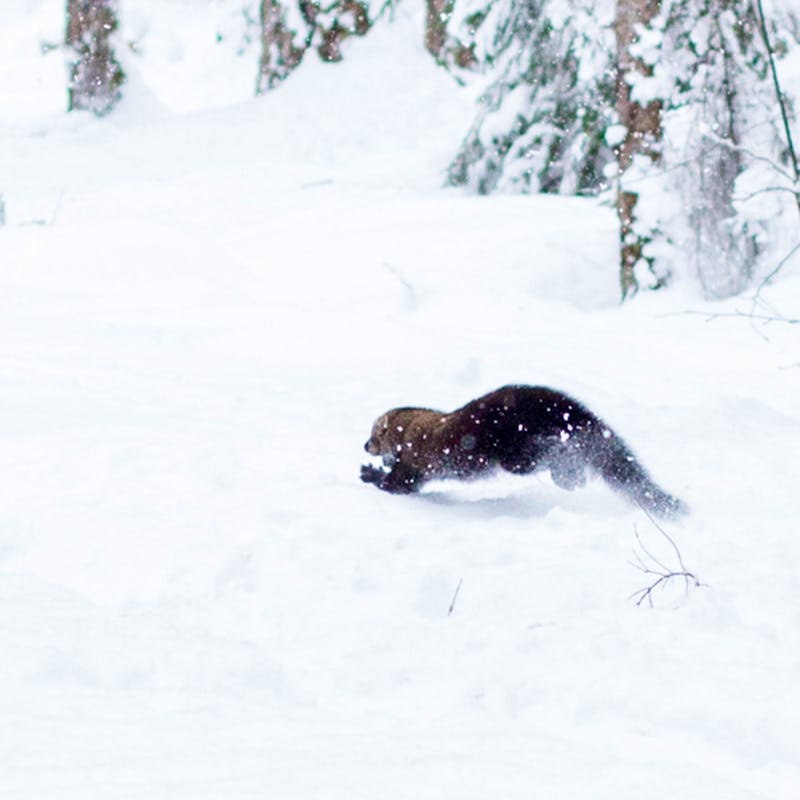Eva Sargent, Southwest Program Director
The official annual count of Mexican gray wolves – also called lobos – is in! The U.S. Fish and Wildlife Service has finished counting the wolves, but the wolves are still counting on the Service to save them from extinction.
First, the good news: The population of wild Mexican gray wolves in Arizona and New Mexico increased from 58 last year to 75 now. But there are still only three breeding pairs. The lobos are doing their best to survive – finding each other, chasing elk, avoiding lawbreakers who would kill them just for being wolves, and having pups. They are inching, year by year, closer to their rightful place in the landscape and culture of the Southwest. But the truth is, they may not make it. They came through a tremendous genetic crisis in the past, when the last wild female Mexican wolf in the entire world was brought into captivity to literally save her kind. This limited genetic heritage, which I wrote about a few weeks ago, continues to haunt the lobos today. Because they are all closely related, they don’t have a large number of different traits carried in their genes. A high amount of genetic diversity is key to survival – it allows populations to change their biology when conditions change.
So although more wolves is cause for celebration, more pups from the same few breeding pairs won’t be enough to solve the genetic crisis. In order to express every bit of their genetic potential, the wolves needed to expand their population in the wild years ago. This opportunity was missed, over and over, when genetically valuable animals were sent back to captivity or killed, when packs were disrupted by being captured and moved, and when too few animals were released. Now, it will take heroic efforts, probably including extreme steps like in vitro fertilization using stored semen or eggs from wolves that died years ago, to try to improve the genetic future for Mexican gray wolves. The Service needs to get moving on this genetic emergency immediately. The first step is to release more wolves.
Releasing more wolves is a little more difficult than it sounds, but the Service has the authority, means, and responsibility to get this done in a hurry. Only two wolves have been released from captivity since 2006. One of these was illegally shot, and the other was returned to captivity the other day to give him a better chance at pairing with a female. The Service needs to get this new pair out in the wild as quickly as possible, and immediately get many more wolves warming up in the bullpen, ready to go, because the current slow dribble of new genes into the wild isn’t enough. The Service must assert its authority and do what needs to be done for the wolves’ sake. What the Service does now will determine whether or not our lobos can survive and recover.
When Mexican wolves need help, Defenders turns up the heat on decision makers. We count on you – who understand the importance of lobos in the big scheme of Nature – to help us pressure those in power to do the right thing. Please make sure you are getting Defenders e-alerts! That way I can let you know quickly when your emails, meeting attendance, phone calls, petition signing or letter writing can really make a difference. In March, we will be celebrating the 15th anniversary of the first release of captive-born Mexican gray wolves into the wild. There will be plenty to do to make sure the lobos are not just surviving, but thriving. I hope you will join me in this fight.
From the Blog






Follow Defenders of Wildlife
facebook bluesky twitter instagram youtube tiktok threads linkedin